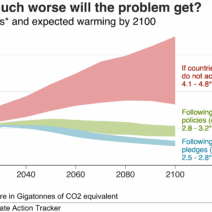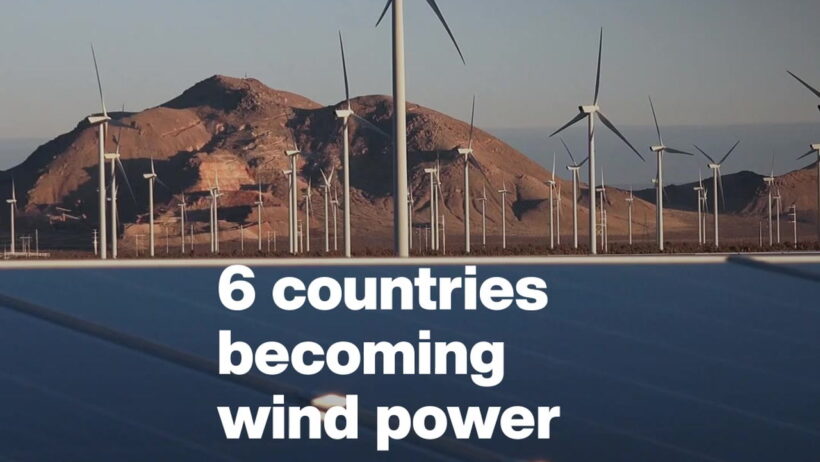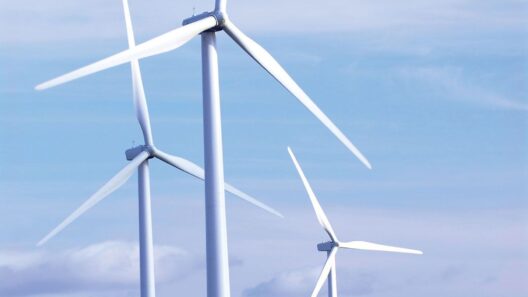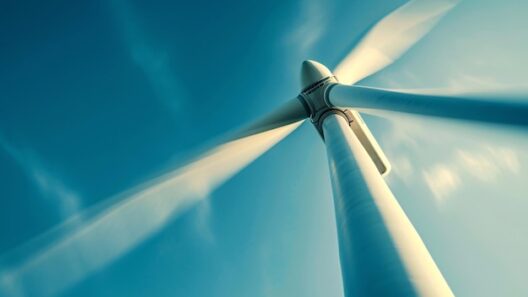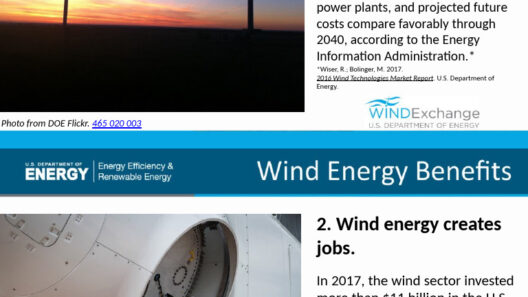The conversation around renewable energy has taken center stage in contemporary discussions on sustainability and climate change. Among the various renewable energy sources, wind energy has emerged as one of the most viable and effective means of harnessing nature’s forces for power generation. With advancements in technology and increasing environmental awareness, several countries have embraced wind energy, positioning themselves as leaders in this sector. This article seeks to delineate which countries boast the highest wind energy usage and what this means for the global energy landscape.
Understanding how different nations approach wind energy can illuminate broader trends in environmental policy, economic strategy, and social responsibility.
Global Overview of Wind Energy Adoption
Wind energy capacity has skyrocketed over the past two decades due to technological innovations and decreasing costs associated with wind power generation. According to the Global Wind Energy Council, the cumulative installed wind capacity worldwide surged from a mere 6,100 megawatts (MW) in 1996 to over 750,000 MW by 2020. This dramatic expansion has not only illustrated the feasibility of wind power as a primary energy source but has also sparked widespread interest among numerous nations looking to mitigate the effects of climate change and transition to cleaner energy sources.
In this realm of renewable energy, some countries have taken bold steps while others have lagged. A few notable nations have established themselves as frontrunners, driven by both environmental concerns and economic incentives.
The Wind Power Titans: Examining Specific Countries
Among the leaders in wind energy utilization, a handful of nations consistently stand out due to their commitment to sustainable practices and substantial investments in renewable technologies. The largest producer of wind energy in absolute terms is China. However, when measuring wind capacity relative to total energy production or the population, different countries also emerge as key players.
China: The Colossus of Wind Energy
No discussion of wind energy would be complete without mentioning China, which has ascended to the apex of wind power production. Dominating the global landscape, China accounts for approximately 36% of the world’s total wind power capacity. The Chinese government has set ambitious targets, aiming to achieve carbon neutrality by 2060, and wind energy plays a pivotal role in this mission. With a combination of governmental support, substantial funding, and a robust manufacturing sector, China has developed vast onshore and offshore wind farms that not only contribute to energy security but also bolster its economy.
While the scale is impressive, the environmental trade-offs must be considered. The rapid expansion of wind farms can disrupt local ecosystems and may lead to social displacement, raising questions about the “green” narrative.
Germany: The Pioneer of Renewable Initiatives
Following closely is Germany, a country heralded for its exemplary commitment to the Energiewende, or “energy transition.” Germany has integrated wind energy in a manner that serves as a template for others to follow. Renowned for its progressive policies, Germany has increased its installed wind capacity significantly over the past two decades. Wind power now accounts for around 25% of the country’s energy consumption. The combination of smart grid technology, public engagement, and community-owned wind projects has invigorated local economies and enhanced public buy-in for renewable initiatives.
Germany’s strategic approach not only limits reliance on fossil fuels but also exemplifies how cultural attitudes towards energy use can drive sustainable energy practices on a broader scale.
United States: A Diverse Wind Landscape
The United States also ranks among the top countries in wind energy consumption, although its electricity generation portfolio is more diverse. Wind energy accounts for roughly 8% of the nation’s total electricity generation, with significant installations primarily in the Midwest and Texas. The U.S. market benefits from a mix of federal tax incentives and state-level renewable energy mandates, which have stimulated growth in various regions.
While the U.S. has a wealth of wind resources, challenges remain, including regulatory hurdles, regional disparities, and competition from natural gas. Nevertheless, recent advancements in turbine efficiency and storage technologies are making wind energy even more competitive, signaling a potential policy shift towards greater integration of renewables in forthcoming years.
The Emerging Leaders: Wind Energy Growth Around the World
Beyond the well-known giants, several countries are making significant strides in wind energy adoption.
Spain: A Historical Commitment
Spain has long been a strong advocate for wind energy, asserting itself as a pioneer in the renewable sector. Generating nearly 21% of its electricity from wind, Spain is one of the top countries in Europe for wind power generation. Wind energy has not only provided economic benefits but has also catalyzed social change, with a growing public consciousness regarding the need for sustainable practices.
Denmark: The Wind Power Model
Denmark stands out as a benchmark for wind energy. Leading the world in wind power utilization per capita, roughly 47% of the country’s electricity come from wind farms. Danish innovation in turbine technology and community ownership models have provided a holistic approach to integrating wind energy in society. This success story has galvanized interest from neighboring countries and beyond, showcasing the potential for wind energy to drive socio-economic development.
Conclusion: Assessing the Road Ahead
As nations worldwide grapple with the frontline issues of climate change and energy security, wind energy offers a plausible pathway towards a sustainable future. Global leaders in wind energy adoption, such as China, Germany, and the United States, illustrate a variety of approaches that can inspire continued investment and innovation in this sector. Understanding their models strengthens the case for proactive policies and public engagement in renewable energy efforts.
Overall, wind energy exemplifies the transformative potential of renewable resources in building a resilient and ecologically balanced future. As the landscape evolves, collaboration and commitment on both national and international levels will be paramount in ensuring that the future of energy is sustainable, equitable, and environmentally sound.
